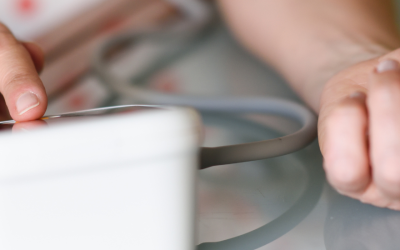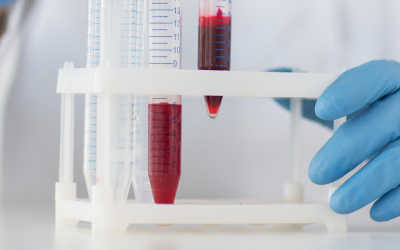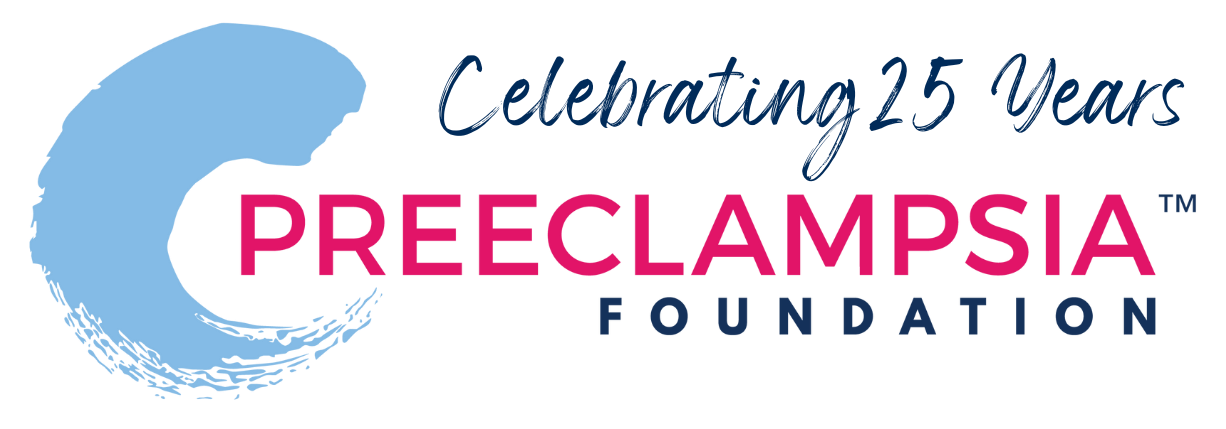
Messenger RNA through ionizable lipid nanoparticles to improve placental blood vessel creation
Ionizable Lipid Nanoparticles for In Vivo mRNA Delivery to the Placenta during Pregnancy (a rat model)
Currently the only treatment for preeclampsia starts with delivery of the baby and the placenta. While this can be lifesaving for mother and infant, it is often accompanied by both short-term and long-term complications of prematurity. Therefore, a treatment that would allow prolongation of pregnancy could be extremely beneficial. The exact cause of preeclampsia is still unknown, but it involves decreased blood flow to the uterus and placenta (possibly due to the development of fewer blood vessels in the placental bed). Vascular endothelial growth factor (VEGF) is a protein that promotes growth of new blood vessels and lower levels of VEGF have been found in women with preeclampsia.Researchers speculate that increasing VEGF production by placental cells might reverse some of the pathological processes involved in preeclampsia.
DNA directs protein synthesis via messenger RNA (mRNA). After mRNA is made by “reading” DNA, it is released into the cell where it directs how amnio acids line up to build a specific protein. If mRNA for VEGF could be introduced into placental cells, it would increase the production of VEGF. Giving mRNA by itself does not work, as it is quickly broken down in the circulation. To get it into a cell, it must be attached to a molecule that can traverse the cell wall intact. Ionizable lipid nanoparticles (LPNs) are a type of molecule that can do this.
In this paper, researchers describe how they developed an LPN that is taken into mouse placental cells. The LPN/mRNA molecules were given intravenously and later found primarily in the liver, spleen and placenta. The introduction of mRNA resulted higher levels of VEGF in the placenta. They also demonstrated an increased growth of placental blood vessels. No VEGF was found in the mouse fetuses.
Take home: In mice, researchers have found a LNP molecule that can carry VEGF mRNA into placental cells and demonstrated that this increases both the levels of VEGF and the cross-sectional area of blood vessels in the placenta. The next step steps will be to see if giving mRNA in animal models reverses the signs of the preeclampsia.
Link: https://pubs.acs.org/doi/10.1021/jacs.2c12893
Citation: Kelsey L. Swingle, Hannah C. Safford, Hannah C. Geisler, Alex G. Hamilton, Ajay S. Thatte, Margaret M. Billingsley, Ryann A. Joseph, Kaitlin Mrksich, Marshall S. Padilla, Aditi A. Ghalsasi, Mohamad-Gabriel Alameh, Drew Weissman, and Michael J. Mitchell. “Ionizable Lipid Nanoparticles for In Vivo mRNA Delivery to the Placenta during Pregnancy.” Journal of the American Chemical Society 2023 145 (8), 4691-4706 DOI: 10.1021/jacs.2c12893.
About Research Roundup
Each quarter, our team of science writers reviews the most current research studies related to hypertensive disorders of pregnancy and summarizes those studies of greatest interest and potential impact to our community, including research studies related to risk assessment, diagnosis, prevention, and treatment. Special thanks to our volunteer research team, who under the leadership of Dr. Elizabeth Sutton, make Research Roundup possible, and to our Patient Advisory Council, who reviews these materials from the patient perspective.
Related Articles

Your story is needed to improve outcomes for moms like you. Add your voice to critical preeclampsia research to ensure that every story is heard.

Frequently asked questions about the Preeclampsia Registry, a patient-driven registry and biobank.

The Preeclampsia Foundation offers research funding, study recruitment, and other patient engagement services to researchers.

We provide research grant funding to advance progress towards detection, prevention, or treatment of preeclampsia, HELLP syndrome, and other hypertensive disorders of pregnancy.

Hypertensive disorders of pregnancy significantly increase your risk of developing long-term heart problems. A careful review of blood pressure elevations during and after pregnancy may assist in iden...

Hypertensive disorders of pregnancy (HDP) can affect different groups of women in different ways, and even though we know this happening, we don't fully understand why. There are many factors, like bi...

There is growing evidence that studies examining pregnancy and its complications need to start early within the pregnancy to fully understand the nature of preeclampsia. Key gestational milestones, wh...

It is known that chronic hypertension and high BMI (body mass index) are risk factors for hypertensive disorders of pregnancy (HDP). Studies documenting this risk have usually assessed blood pre...

Several biomarker tests are under development to predict or diagnose preeclampsia. While none of these tests are yet widely accepted in U.S. clinical practice, two FDA-approved tests are available in...



